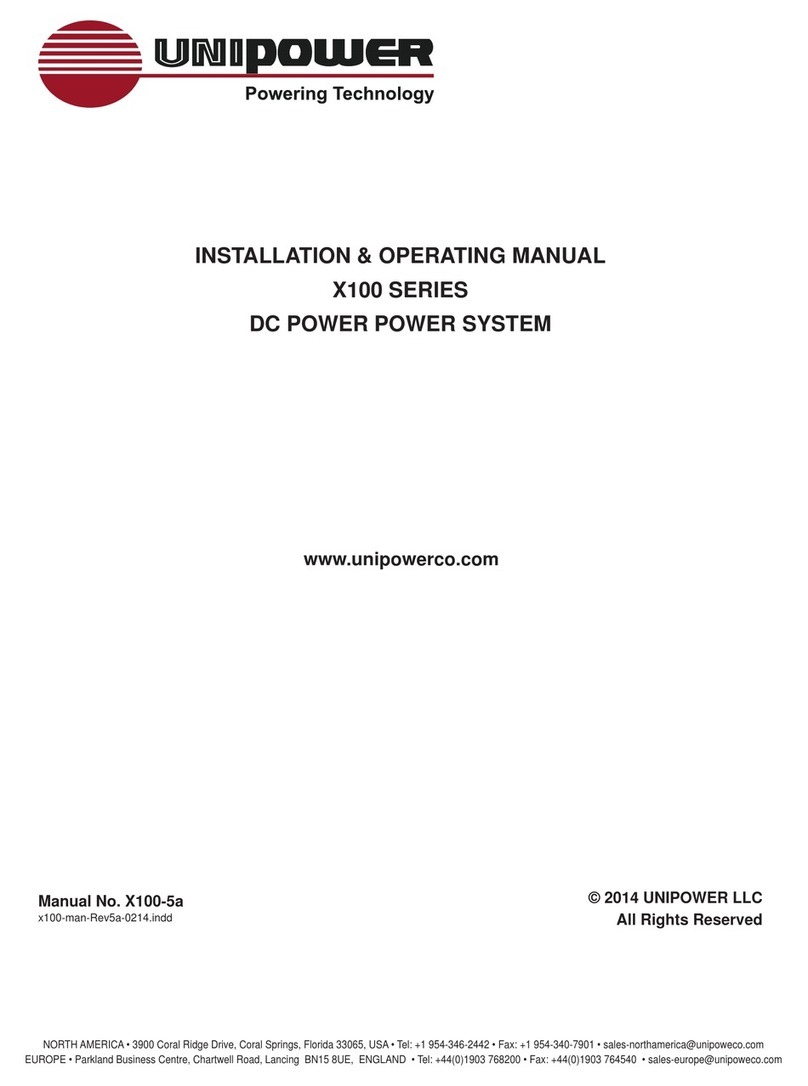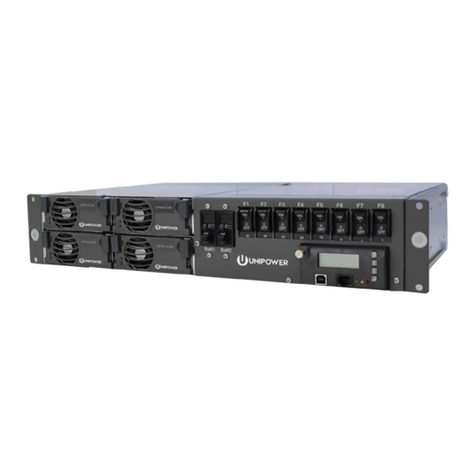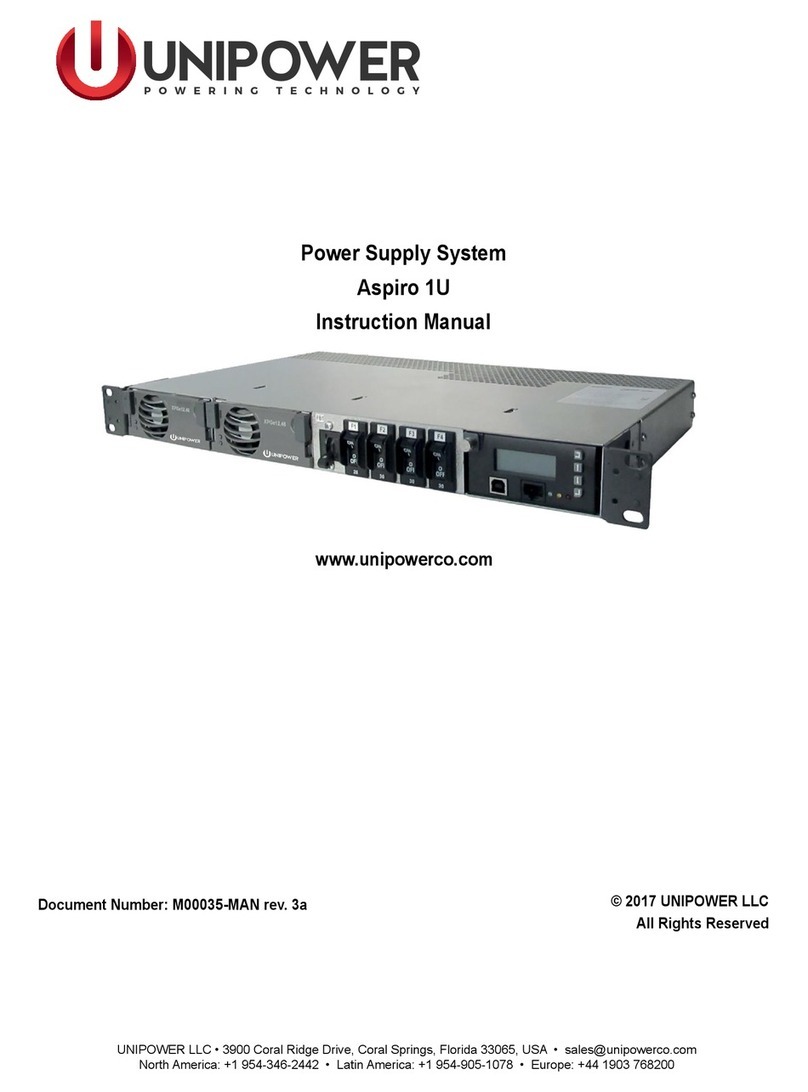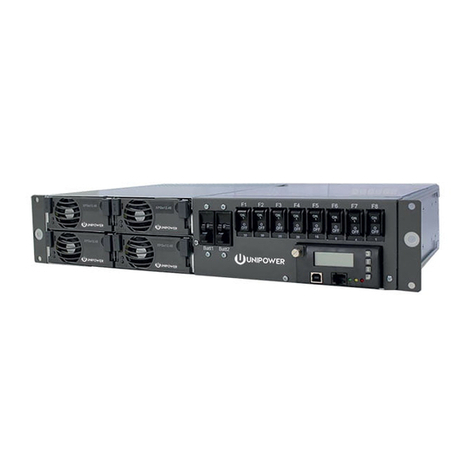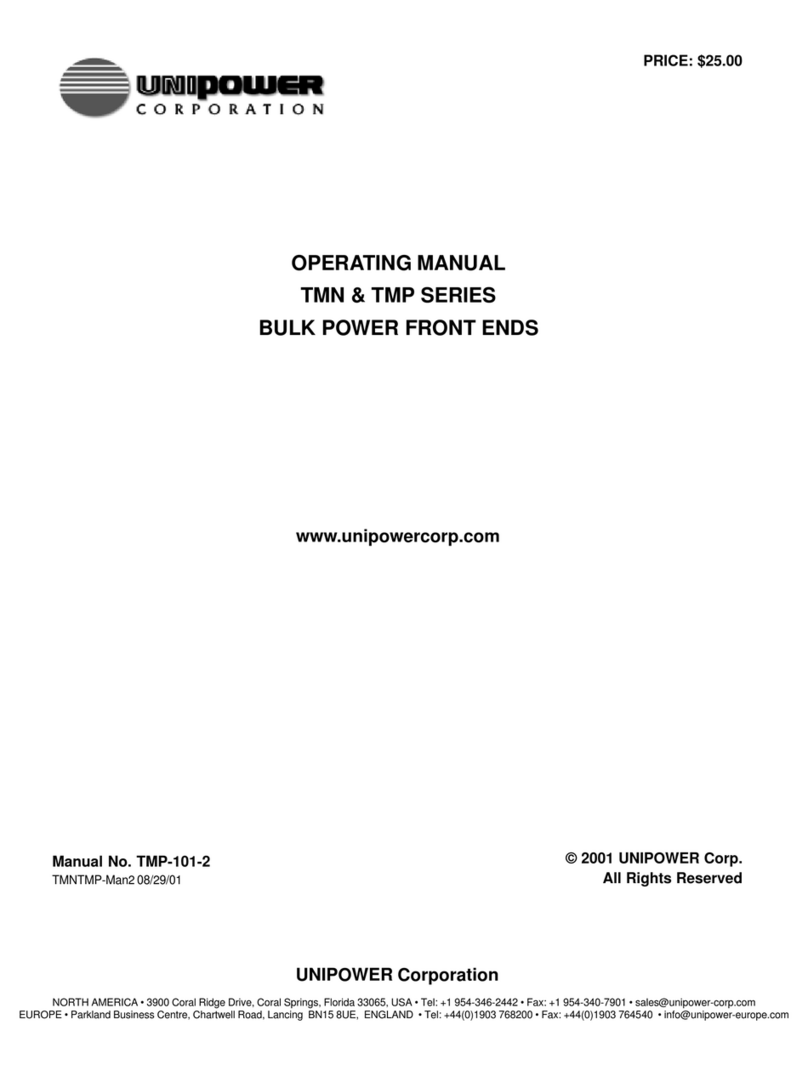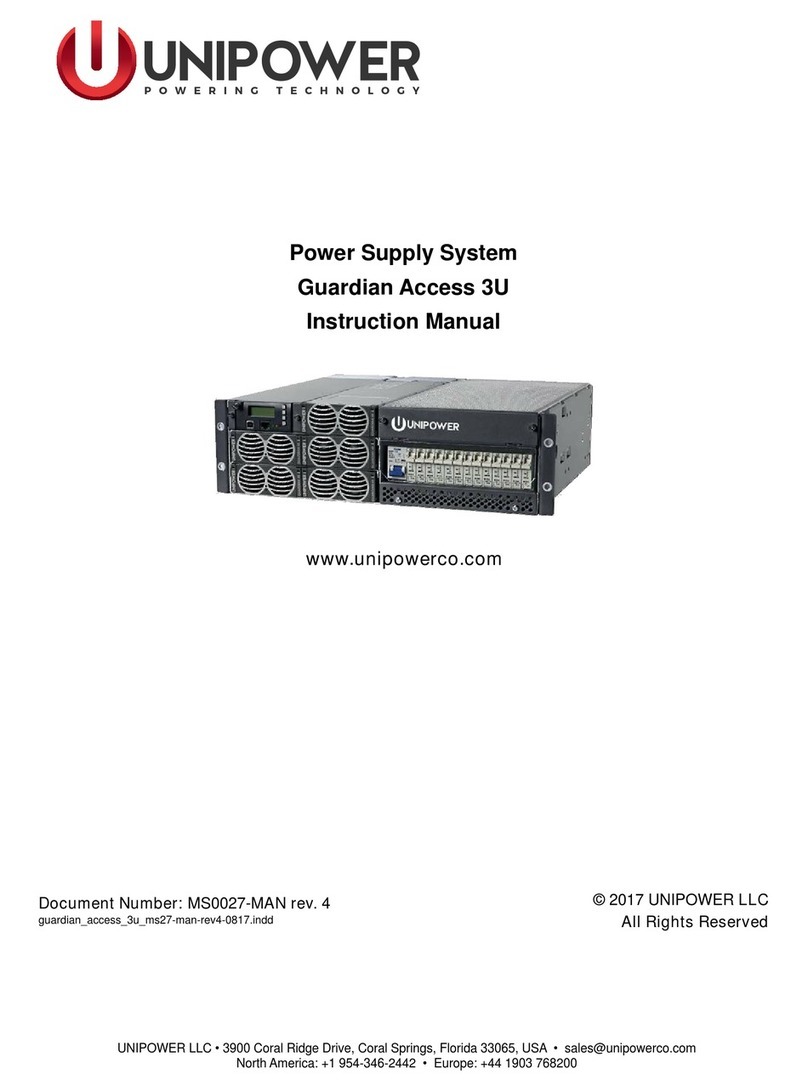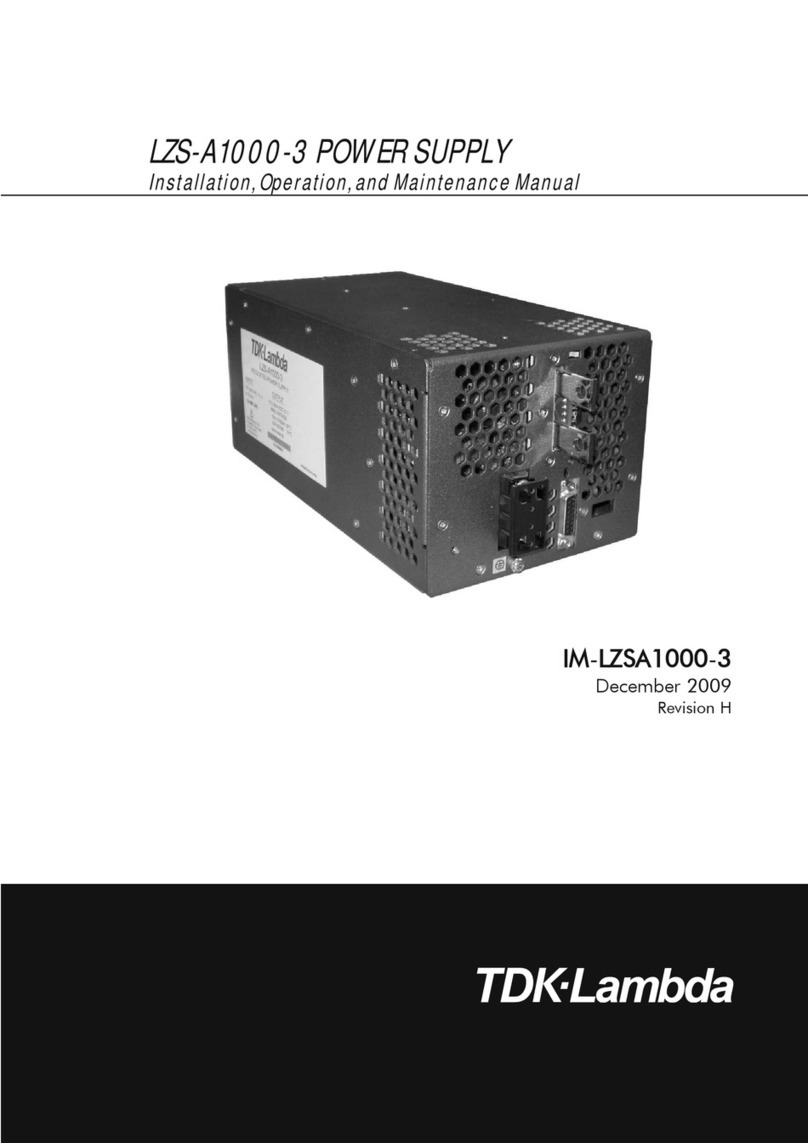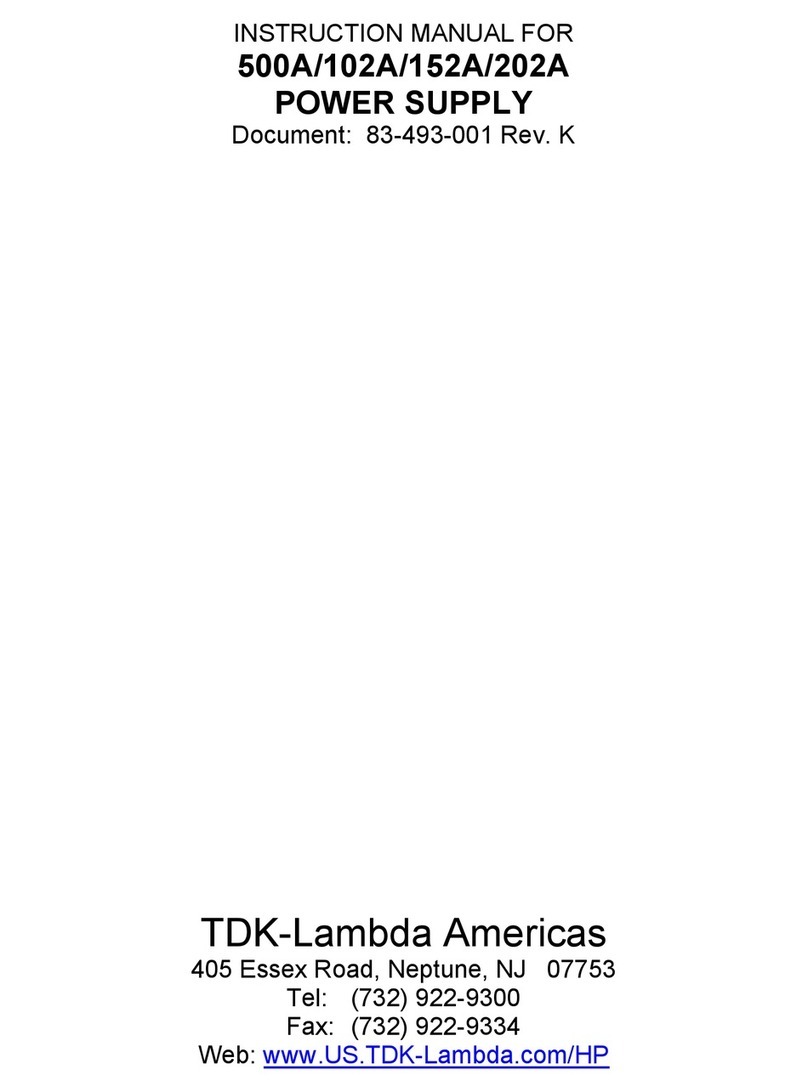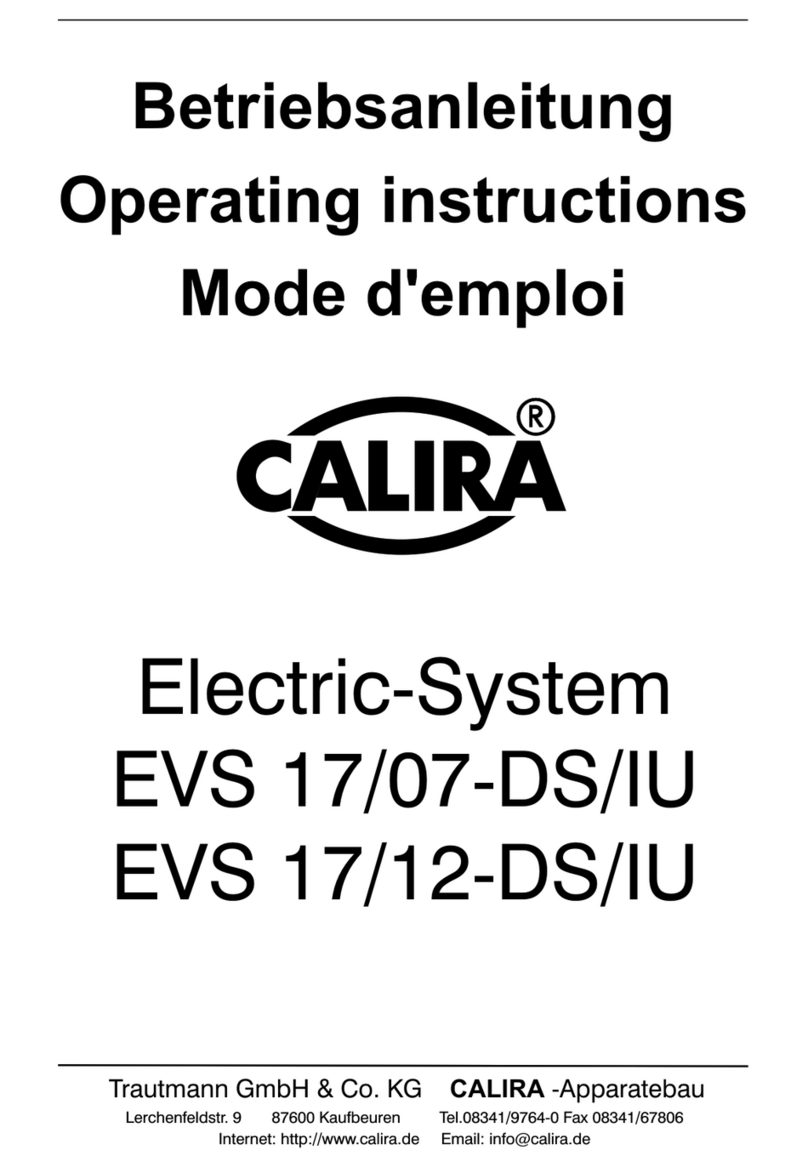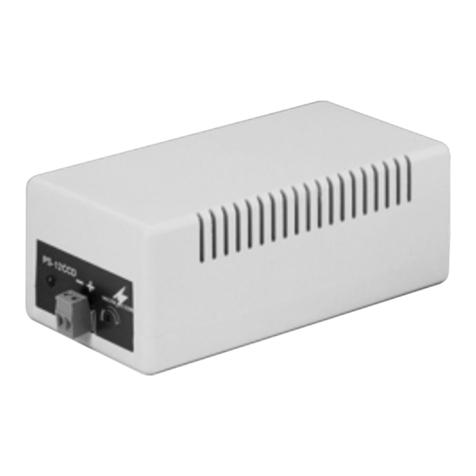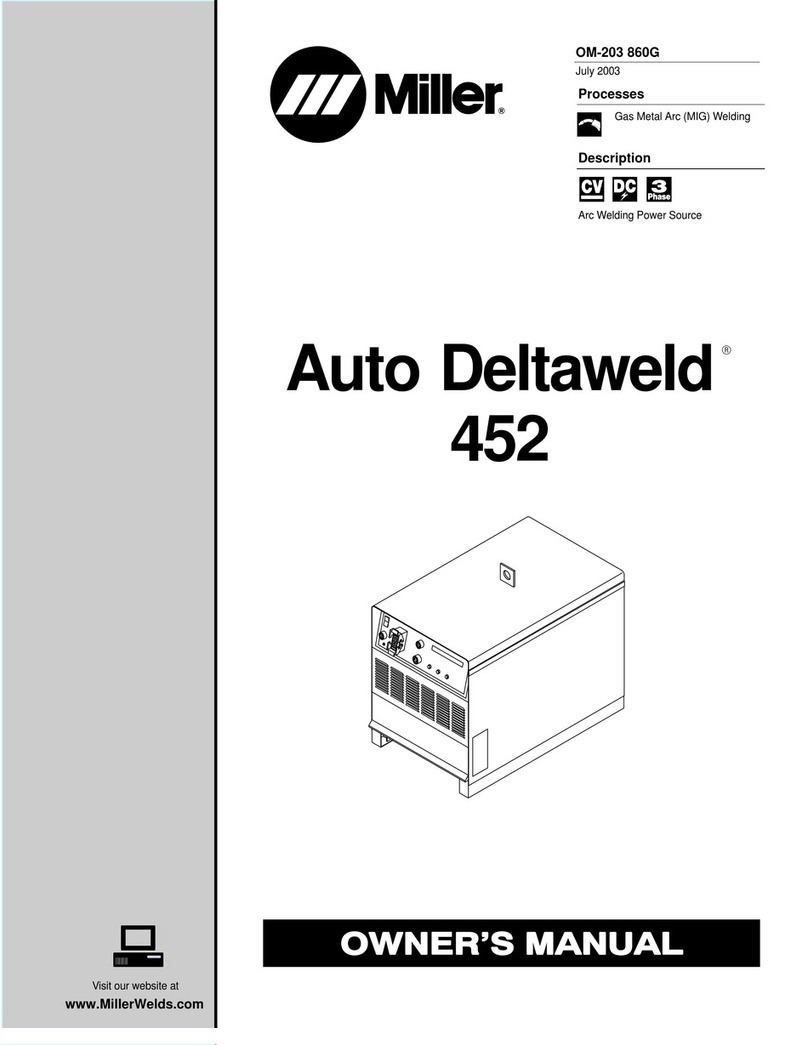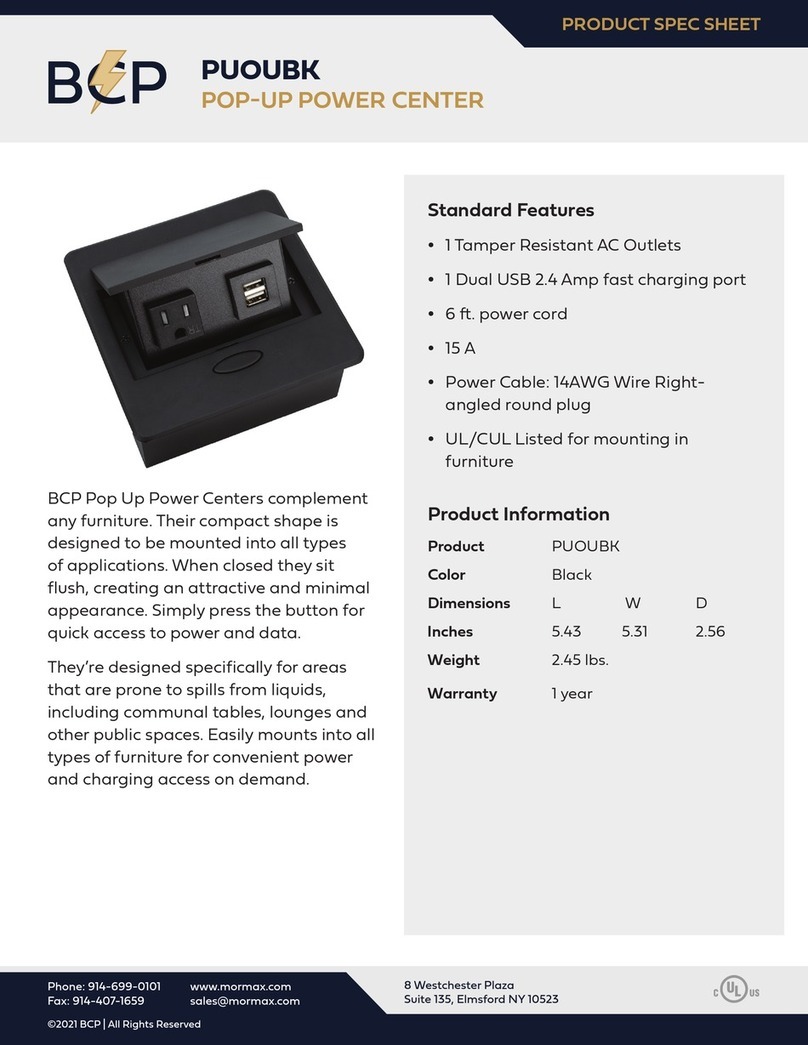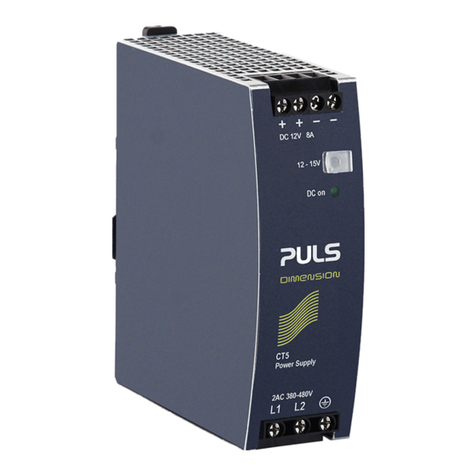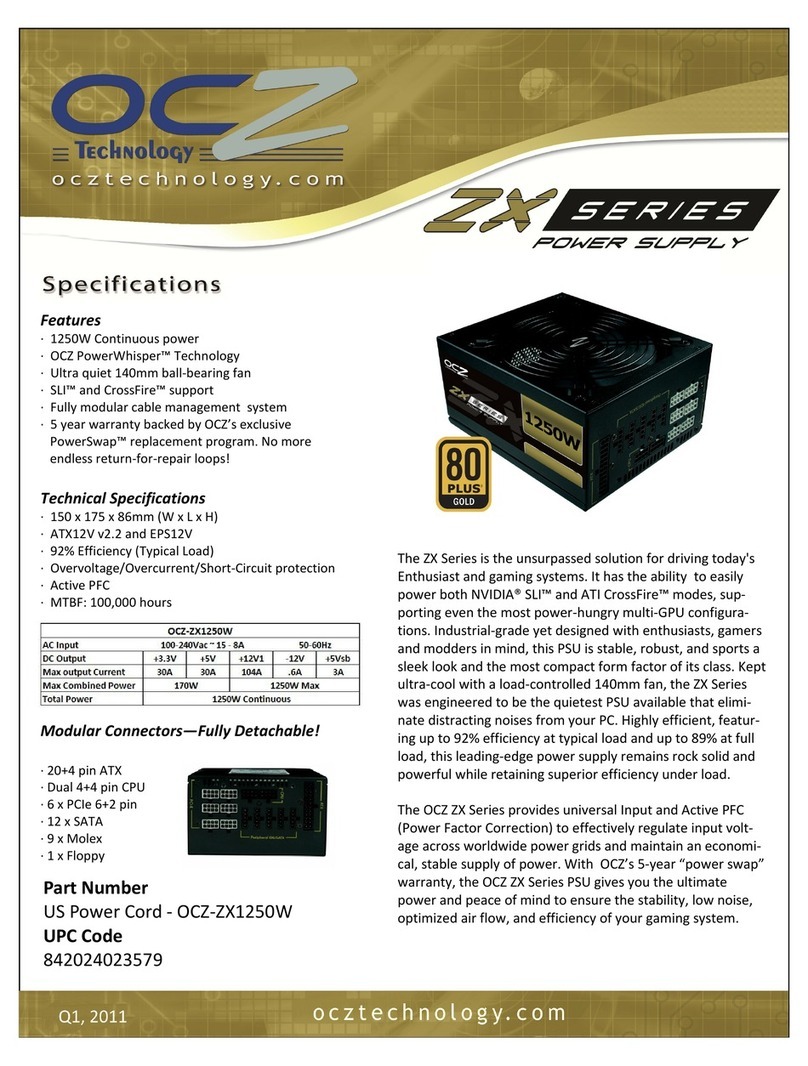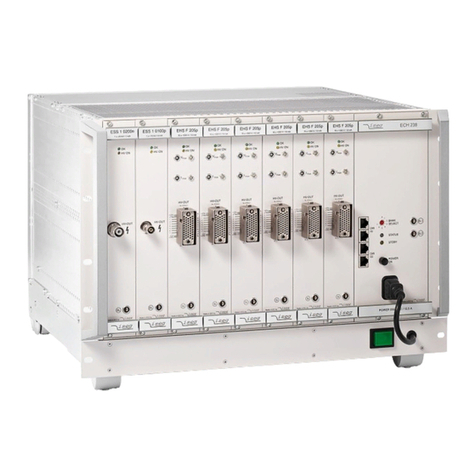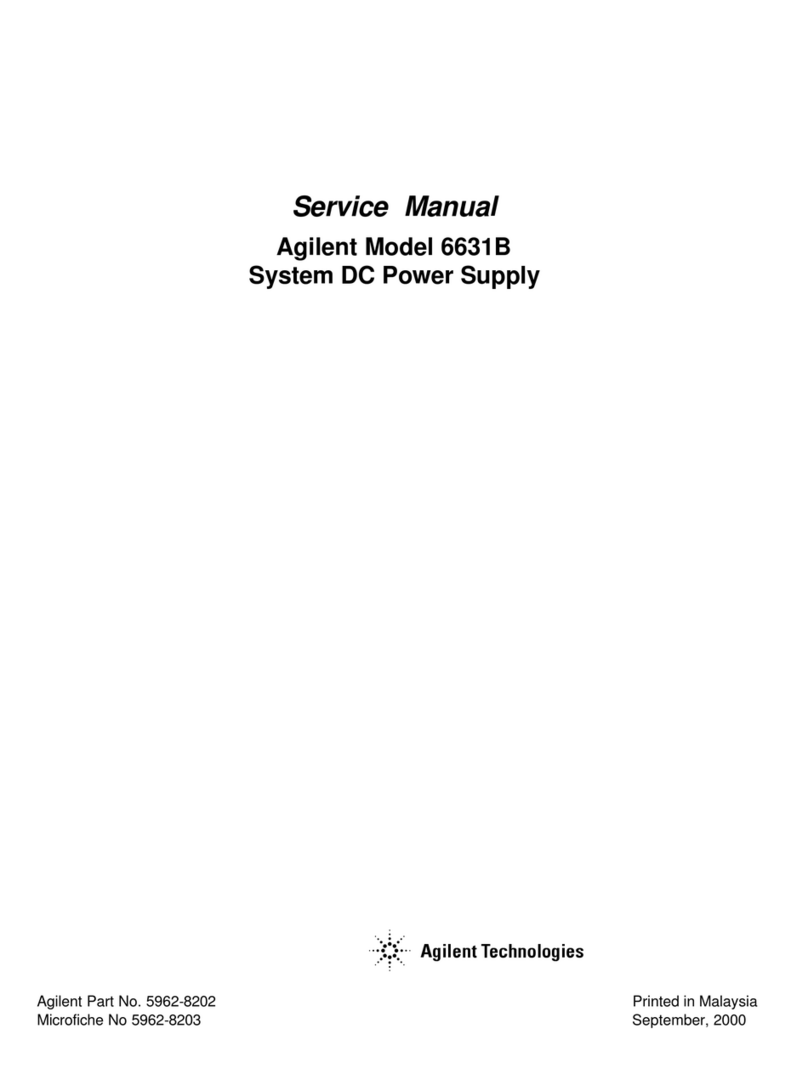
ARE Series Chargers
RS-759, Rev. 11 iv
TABLE OF CONTENTS
INTRODUCTION ................................................................................................................................................VII
1. RECEIVING AND INSTALLATION............................................................................................................ 1-1
1.1 RECEIVING.............................................................................................................................................. 1-1
1.2 IDENTIFICATION ................................................................................................................................... 1-1
1.3 UNPACKING AND HANDLING............................................................................................................ 1-1
1.4 STORAGE................................................................................................................................................. 1-1
1.5 LOCATION............................................................................................................................................... 1-1
1.6 MOUNTING.............................................................................................................................................. 1-1
1.7 POWER SOURCE..................................................................................................................................... 1-2
1.8 CONNECTIONS....................................................................................................................................... 1-2
1.9 GROUNDING INSTRUCTIONS ............................................................................................................. 1-3
1.10INSTALLER’S DIAGRAM...................................................................................................................... 1-3
1.11PRODUCT SUPPORT.............................................................................................................................. 1-4
2. EQUIPMENT OPERATION AND MAINTENANCE ................................................................................. 2-1
2.1 EQUIPMENT OPERATION..................................................................................................................... 2-1
2.1.1 AC Turn-On Procedure ................................................................................................................ 2-1
2.1.2 Alternate AC Turn-On Procedure ................................................................................................ 2-1
2.1.3 AC Turn-Off Procedure................................................................................................................ 2-1
2.1.4 Float/Equalize Settings................................................................................................................. 2-1
2.2 FLOAT VOLTAGE ADJUSTMENT ....................................................................................................... 2-2
2.3 EQUALIZE VOLTAGE ADJUSTMENT................................................................................................. 2-2
2.4 CURRENT LIMIT ADJUSTMENT ......................................................................................................... 2-2
2.5 COARSE VOLTAGE ADJUSTMENT (24 AND 48 VOLT UNITS ONLY).......................................... 2-3
2.6 HIGH VOLTAGE SHUTDOWN (HVSD)............................................................................................... 2-3
2.7 AC POWER FAILURE ALARM RELAY (ACPFAR)............................................................................ 2-3
2.8 ROUTINE MAINTENANCE.................................................................................................................... 2-3
3. TROUBLESHOOTING................................................................................................................................... 3-1
3.1 GENERAL DESCRIPTION OF OPERATION........................................................................................ 3-1
3.2 TROUBLESHOOTING CHART.............................................................................................................. 3-2
3.3 CHECKING COMPONENTS................................................................................................................... 3-3
4. DRAWINGS...................................................................................................................................................... 4-1
4.1 ASSEMBLY AND SCHEMATIC DIAGRAM FOR SINGLE-PHASE “ARE” HIGH VOLTAGE
SHUTDOWN MBC-3970-UNIT VOLTAGE......................................................................................... 4-31
4.1.1 Instructions................................................................................................................................. 4-31
5. OPTIONAL ALARMS AND ACCESSORIES.............................................................................................. 5-1
5.1 LIGHTNING ARRESTER........................................................................................................................ 5-1
5.2 BLOCKING DIODE................................................................................................................................. 5-1
5.3 EQUALIZE TIMER.................................................................................................................................. 5-1
5.4 HIGH AND LOW VOLTAGE ALARM RELAYS DESCRIPTION....................................................... 5-2
5.5 HIGH AND LOW VOLTAGE ALARM .................................................................................................. 5-3
5.5.1 Connections.................................................................................................................................. 5-3
5.5.2 Adjustment ................................................................................................................................... 5-3
5.6 HIGH VOLTAGE ALARM WITH ADJUSTABLE TIME DELAY....................................................... 5-4
5.6.1 High Voltage Alarm Connection Diagram................................................................................... 5-4
5.6.2 Connections.................................................................................................................................. 5-4
5.6.3 Operation...................................................................................................................................... 5-4
5.6.4 Adjustment Procedure.................................................................................................................. 5-4
5.6.5 Specifications ............................................................................................................................... 5-4
5.7 LOW VOLTAGE ALARM WITH ADJUSTABLE TIME DELAY........................................................ 5-5
5.7.1 Low Voltage Alarm Connection Diagram ................................................................................... 5-5
5.7.2 Connections.................................................................................................................................. 5-5
